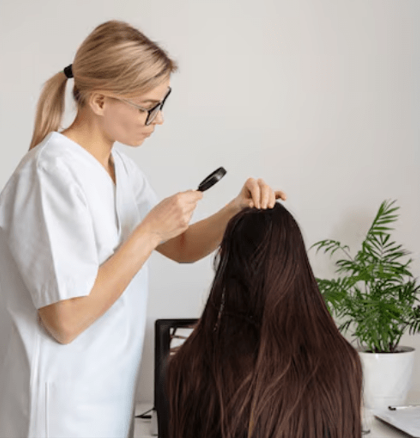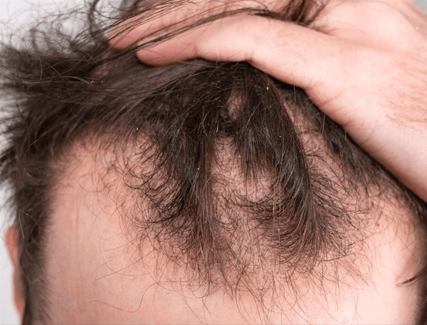Chin augmentation is a powerful way to enhance facial harmony and improve profile aesthetics. But did you know that chin implants are not one-size-fits-all? The ideal chin shape and projection differ significantly between men and women. Understanding these differences is essential for achieving natural-looking results tailored to your unique facial structure and aesthetic goals.
In this article, we’ll break down the key distinctions between chin implants for men and women, helping you make an informed decision if you’re considering this transformative procedure.
1. Aesthetic Goals: Masculine vs. Feminine Chin Profiles
For Men:
Men typically seek a stronger, more prominent chin that enhances the appearance of a square or chiseled jawline. A well-defined chin conveys masculinity, strength, and balance—especially when viewed in profile. Male chin implants often aim for greater horizontal projection and a squarer base.
For Women:
Women usually prefer a softer, more tapered chin that enhances femininity without appearing too sharp or angular. The ideal female chin often maintains harmony with the lips and jawline and contributes to a delicate, V-shaped lower face. Implants for women tend to be smaller, subtler, and more rounded.
2. Implant Shape and Size
Men’s Chin Implants:
- Larger in volume
- Square or anatomic designs to widen and strengthen the jaw
- More lateral extension for jawline enhancement
Women’s Chin Implants:
- Smaller and more conservative
- Tapered or oval designs for smooth, elegant contours
- Focused on vertical balance without excessive projection
3. Facial Proportions and Balance
Plastic surgeons evaluate facial balance differently for male and female patients. For example:
- Men: Ideal when the chin aligns with or slightly extends past the lower lip line when viewed from the side.
- Women: Ideal when the chin falls just slightly behind the lower lip for a naturally balanced, softer look.
This proportion varies based on ethnicity, overall facial structure, and individual goals, which is why a personalized consultation is so important.
4. Bone Structure Considerations
Men generally have denser and wider mandibular bones, which can support larger implants without appearing overdone. Women, on the other hand, often have more delicate jaw structures, requiring smaller implants to avoid a bulky or artificial look.
5. Surgical Approach and Customization
Surgeons often use the same basic techniques (internal or external incisions) for both genders, but customization is key:
- For men: Implants may be extended along the jawline or combined with procedures like jaw implants or neck liposuction for a more sculpted appearance.
- For women: Surgeons focus on subtle reshaping and may combine chin implants with procedures like neck contouring or buccal fat removal to highlight facial angles delicately.
6. Recovery and Results
Recovery is generally similar for both genders—most patients return to light activity within a week and see full results over several months. However, expectations and outcomes differ based on desired aesthetic:
- Men may notice more dramatic changes.
- Women often seek enhancements that look natural and seamless.
7. Combination Procedures
Chin implants are frequently combined with other facial procedures:
- Men: Rhinoplasty, neck liposuction, jaw implants, or facial fillers.
- Women: Rhinoplasty, facelift, buccal fat removal, or lip augmentation.
A customized treatment plan can ensure that all facial features complement one another for optimal balance and beauty.
Final Thoughts: Choosing the Right Chin Implant for You
Whether you’re male or female, chin augmentation is not about achieving a cookie-cutter look—it’s about enhancing your unique features in a way that aligns with your identity and goals.
The key to success lies in choosing a board-certified facial plastic surgeon with extensive experience in both male and female facial anatomy. A tailored approach ensures that your chin implant enhances your face—not just in isolation, but as part of your entire aesthetic harmony.
Considering a Chin Implant?
Schedule a consultation today to learn how we can help you achieve a more confident, balanced profile—customized just for you.




